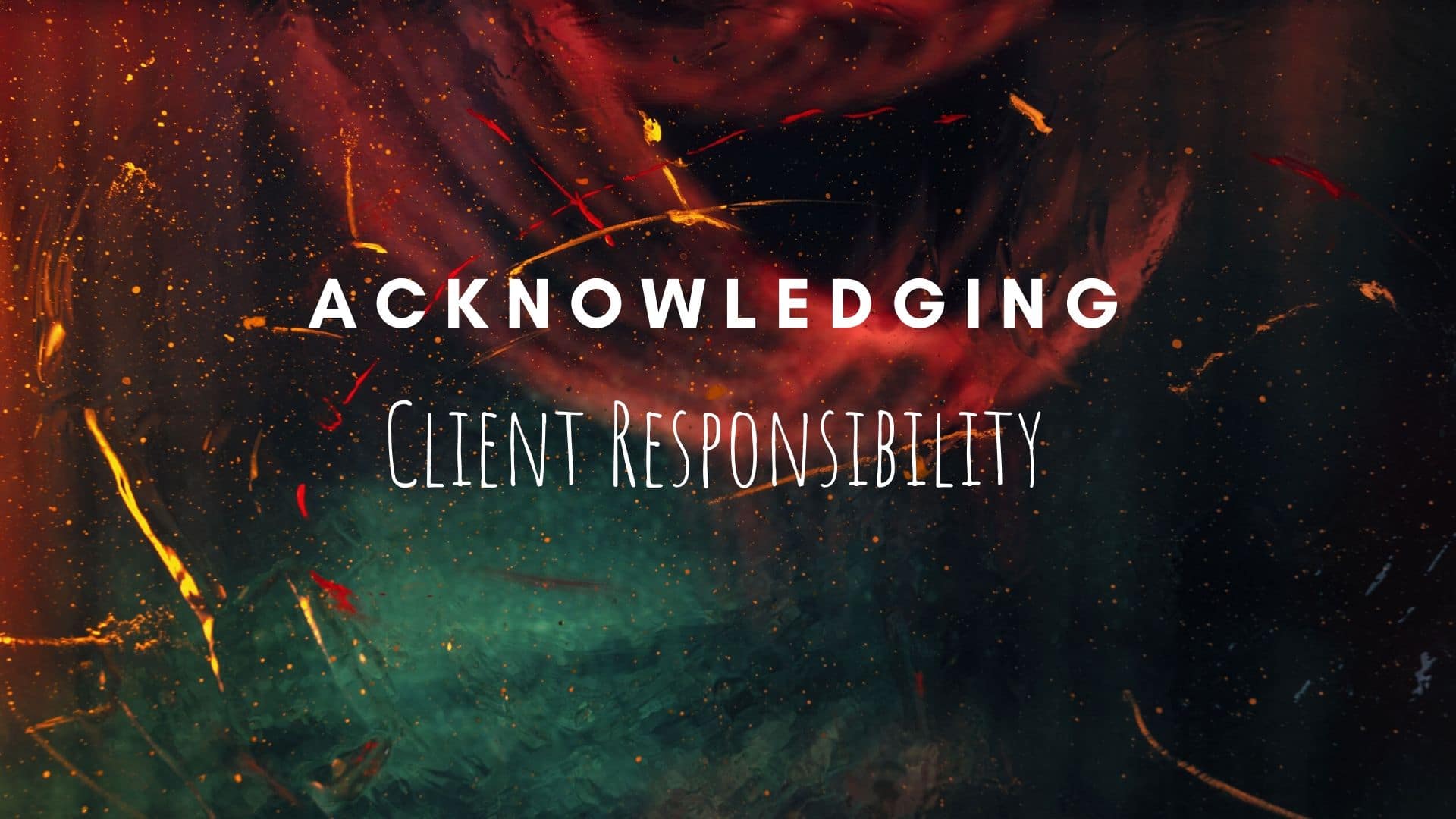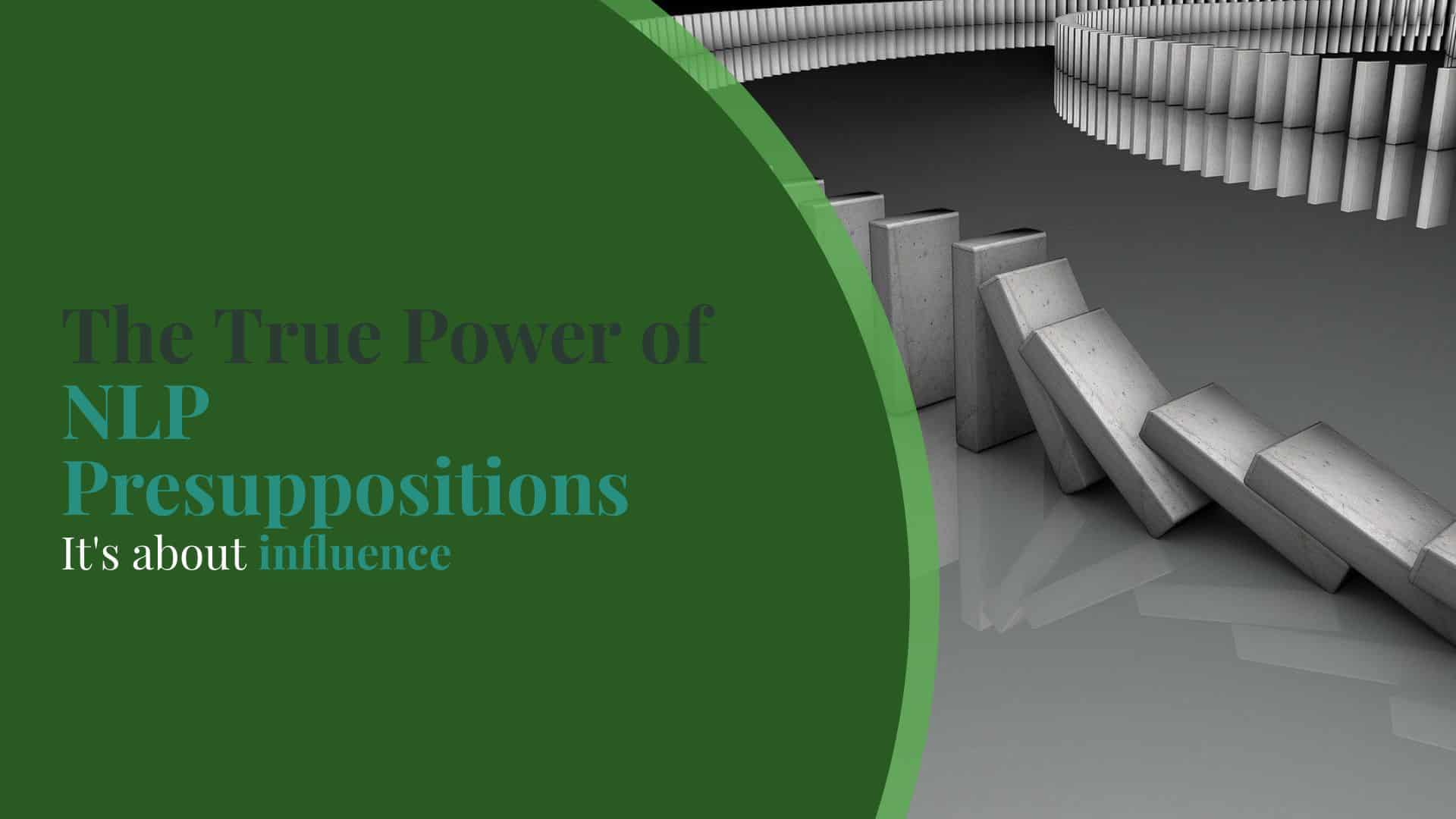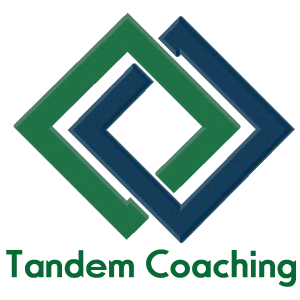Category: Coaching
Take a break and read all about it

ICF Core Competencies: Acknowledging Client Responsibility
ICF recently released and updated competency model that will go into effect for credential applications in early 2021.
What does this change mean for coaches? It means that it’s time to step up our game and start focusing on what these indicators mean to who we are as coaches. The competency markers aren’t meant to be a checklist to make sure you go through every coaching session. They are intended to help you have a way to look at how your coaching mindset is being outwardly manifested. If these things aren’t showing, don’t create a list of questions to check off the markers. Instead, take a look inside and see what needs to change about who you are as a coach in order to reflect these things in your everyday life. Being a coach goes way beyond what you do inside a coaching session. It’s who you are and what you have become. It’s how you look at people and how you interact with the world that surrounds you.

NLP Techniques: It is About the Influence
While NLP presuppositions are quite fascinating in their clarity and precision on their own, try to beat “The map is not the territory,” the true power comes from the understanding of how intertwined and interdependent they are.

Your Journey to ICF Credentials
While ICF standards are rigorous and extensive, their explanations are way too convoluted and complex for a lot of people to navigate. Aspiring coaches get lost in the multitude of priorities, requirements, and programs that promise quick and easy path to their desired ICF credential. Here we make them clear and simple to understand.

ICF Core Competencies: Ethical Coaching Practices
ICF recently released and updated competency model that will go into effect for credential applications in early 2021.
What does this change mean for coaches? It means that it’s time to step up our game and start focusing on what these indicators mean to who we are as coaches. The competency markers aren’t meant to be a checklist to make sure you go through every coaching session. They are intended to help you have a way to look at how your coaching mindset is being outwardly manifested. If these things aren’t showing, don’t create a list of questions to check off the markers. Instead, take a look inside and see what needs to change about who you are as a coach in order to reflect these things in your everyday life. Being a coach goes way beyond what you do inside a coaching session. It’s who you are and what you have become. It’s how you look at people and how you interact with the world that surrounds you.

Help them with the Why
How many times a day are you walking into the conversation where people jump into discussing solutions that lead nowhere, lack a clear purpose for the people involved in the conversation, don’t make sense altogether without the additional “why” discussion? I know I am having those conversations day in and day out.
We are the society of doers, go-getters, and my recent survey of approximately 3 dozen of Scrum Masters and Agile Coaches support that claim. We are the community of proactive, goal seeking, “missing accomplished” kind of individuals who, in its majority, rarely step back and ask the “why” question. By the way, I am not a proponent of asking that specific question, a bit later on that.
However, we charge into action with no clear goal, no sufficient understanding, no true north star. And that is pervasive throughout our life, businesses, and culture. We pay the homage to the luminaries such as Sinek, we cite ad-nauseum the Scrum Guide with its pervasive Sprint Goal, and then we punch in the clock, and go about our daily doze of deliverable outputs.
How can we ensure that all we do has a meaningful, solid, and worthy goal behind it. There are numerous techniques, tools, and practices. It does not have to be complex. But some steps should not be skipped, otherwise we are shortchanging ourselves and setting up for a less desirable outcome.

Coaching Agreement – STORMMES Model
A great way to get a start with a new client or new coaching objective is to create a coaching agreement. STORMMES is a sample model you can use to gain greater clarity on the client’s goal and how you will work together for success.

Make It Flow
Flow of work and, most importantly, value are paramount. There are times when you keep looking at the process and don’t understand what is going on, what is wrong, and why stuff is not getting to done. All the answers to questions asked sound like a bunch of excuses (they most likely are not, but a bit later on this).

Manager as Coach
In order to understand the role of manager as coach, it is first vital to understand the difference between coaching and … well, everything else. I often find that people confuse coaching with other things such as dictating, micro-managing, performance managing, mentoring, teaching, and other things that I can’t quite name.

The Power of Interlocking Roles
So, now you know two things about me. I write in my books and I can’t draw. I snapped a shot of this image from the Coaching Agile Teams book – Chapter 7, (Lyssa Adkins) because it is an amazing way to portray how the role of the scrum master, product owner, and agile manager work together. Too often I see coaches running off managers and basically telling them that they no longer have a job. Managers are seen as the enemy of Agile. It doesn’t have to be that way. It shouldn’t be that way. We should be teaching managers what their new, even more powerful, role is!
This picture really stirred me up because it put into writing questions I have often had explaining to the scrum master and agile manager. There are also pieces of this that validate things I’ve always instinctively known but didn’t have anything but my gut to tell me it was true.






